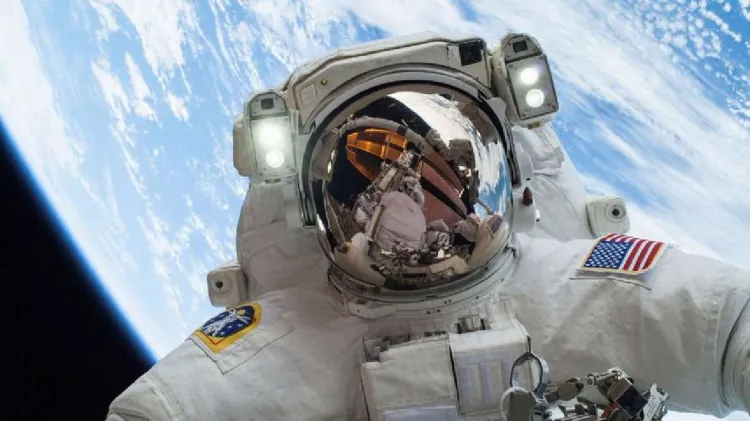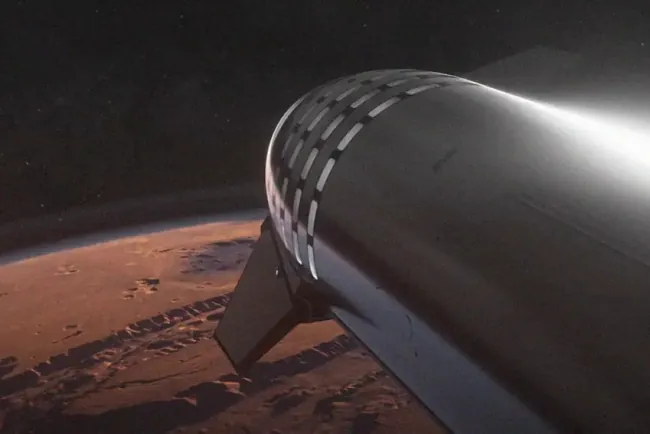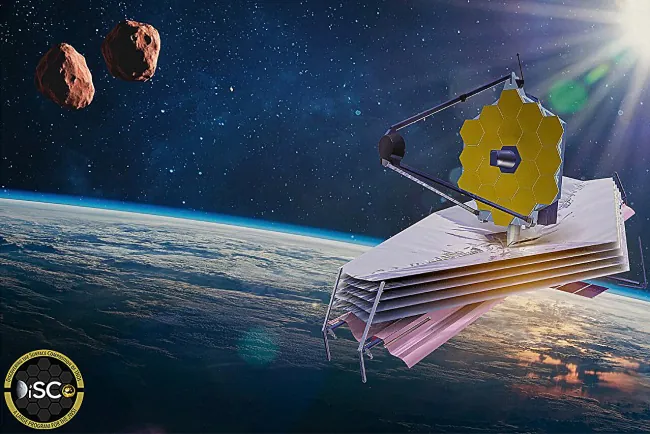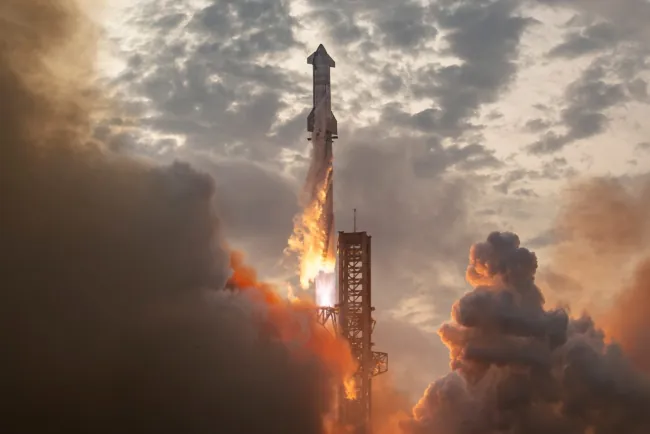- Introduction
- Background on space medicine
- Overview of new findings on astronauts' headaches
- Study Overview
- Description of the study's scope and participants
- Key findings and statistics
- Types of Headaches in Space
- Migraine-like headaches during initial adaptation
- Tension headaches occurring later in the mission
- Potential Causes and Hypotheses
- Space adaptation syndrome
- Increased intracranial pressure in microgravity
- Comparing Earth and Space Headaches
- Characteristics of migraines and tension-type headaches on Earth
- Implications for Space Travel
- Health challenges faced by astronauts
- The unknown effects of long-duration space missions
- Conclusion
- The significance of these findings for future space travel and medicine
Read the full article for detailed insights on astronauts' headaches in space.
Headaches in Space: New Study Sheds Light on Astronauts' Pain
Space, the final frontier, has always posed unique challenges to those who dare to explore it. Among these challenges is the impact of microgravity on the human body, a topic that has fascinated researchers and astronauts alike. A groundbreaking study has now revealed that astronauts are far more likely to experience headaches in space than previously understood, marking a significant advancement in the field of space medicine.
Study Overview
Conducted with 24 astronauts from the U.S., European, and Japanese space agencies, who spent up to 26 weeks aboard the International Space Station, the study uncovered that nearly all participants reported headaches. These findings surpassed the expectations set by prior anecdotal evidence, underscoring a need to reassess the physiological impacts of space travel.
Types of Headaches in Space
Astronauts encountered two primary types of headaches during their missions: migraine-like headaches prevalent during the initial adaptation phase to microgravity and tension headaches that appeared later. This distinction hints at different underlying causes tied to the unique conditions of space travel.
Potential Causes and Hypotheses
Lead author neurologist W.P.J. van Oosterhout proposes that the early headaches may stem from the body's adjustment to the absence of gravity, akin to motion sickness. Conversely, the later headaches might result from increased intracranial pressure, a consequence of fluid accumulation in the upper body and head due to microgravity.
Comparing Earth and Space Headaches
On Earth, migraines are characterized by throbbing pain and are often accompanied by nausea and sensitivity to light and sound. Tension-type headaches, on the other hand, present a more dull, pervasive pain. The study's findings suggest that space amplifies these conditions in distinct ways, likely due to the environment's unique challenges.
Implications for Space Travel
The health and well-being of astronauts are paramount for the success of space missions. These findings on headaches add to the growing body of knowledge regarding the effects of space travel on human physiology, including muscle atrophy, cardiovascular changes, and increased cancer risk due to radiation exposure. As humanity looks towards longer space voyages, understanding and mitigating these health risks becomes increasingly crucial.
Conclusion
The study's insights into astronauts' experiences with headaches in space highlight the evolving nature of space medicine and the need for continued research. As we venture further into the cosmos, ensuring the health and safety of those who lead the way is a mission as critical as the exploration itself. For more on this topic, explore Kiksee Magazine.
FAQs:
-
How common are headaches among astronauts in space? Nearly all astronauts in the study reported headaches, indicating they are more common than previously thought.
-
What causes headaches in space? Early headaches may be related to space adaptation syndrome, while later occurrences might be due to increased intracranial pressure.
-
Are the effects of space travel on human health reversible? While most effects observed in short to medium-term missions are reversible, the impacts of long-duration space travel remain largely unknown.
-
How does space medicine aim to address these challenges? Space medicine seeks to understand and mitigate the health risks associated with space travel, ensuring the well-being of astronauts on future missions.
For further exploration of space medicine and its implications for future missions, visit Kiksee Magazine























